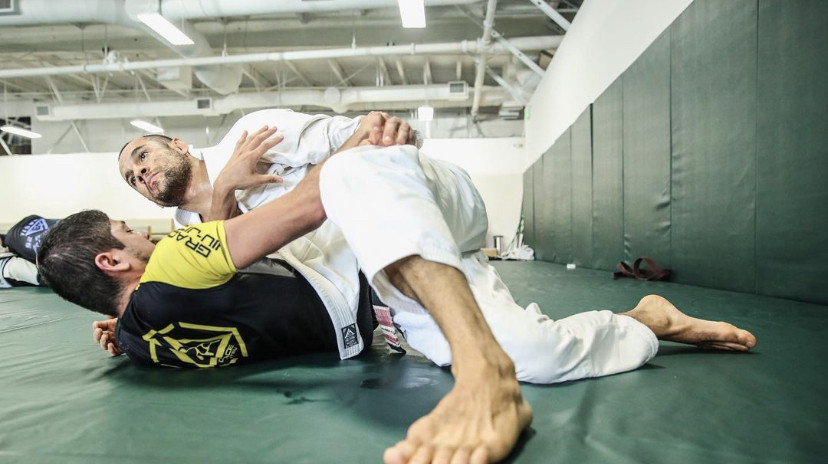Jiu Jitsu Concepts: Why Strong Fundamentals are Key to Master Advanced Techniques
All jiu-jitsu students begin as white belts and focus on learning the basic moves of jiu-jitsu. These are the fundamental moves that you must master if you hope to develop your jiu-jitsu. Of course, not every move is a fundamental move.
As you advance from white belt to blue belt, you will also transition to more advanced classes. Unlike a fundamentals class, your fellow classmates will all have solid backgrounds in jiu-jitsu. That’s how they got into the class in the first place. More importantly, you will be introduced to more advanced concepts.

What Is the Difference Between Advanced Techniques and Basics?
For the first few weeks or even months of advanced classes, you may find yourself hungry to practice the new and increasingly intricate techniques taught in the advanced class. In your mind, these concepts seem not only new and more difficult to execute; you may think that they are more effective than what you initially learned in your fundamental classes.
According to Ryan Young of Kama Jiu-Jitsu, this is the wrong way of looking at what separates the two classes, and the moves learn in them. The fundamentals class isn’t the dumbed down version of a move, whereas the advanced students are learning a more precise form. Instead, you should think of the fundamentals class as being true to the core of jiu-jitsu, and the advanced class as being extensions of these moves that can be applied in certain situations.
It’s important to take this to heart. These moves are not basic in the sense that they’re crude or simplistic; they’re basic in the sense that they’re universal. They can be applied in sport fighting, street fighting, and submission-only fights.
They’re also very effective. As Ryan notes, once you have a fundamental technique down, it has a 75 percent to 80 percent success rate. “The difference between 80% and getting to 100% just comes down to better execution,” he adds. “The more you do it, the closer you will get to 100%.” Some examples of fundamental moves are headlock escape, bearhug escape, mount escape, and guard pass, as well as core concepts like closing the distance.
With an advanced technique, you are typically starting from a specific situation, oftentimes with several points of contact. Even then, it might only have a 50% chance of success with an advanced practitioner performing it. In other words, you need to be highly skilled fighter and have several things fall into place just to have a 50/50 shot of having the advanced move succeed.
Does this mean that you shouldn’t bother learning advanced techniques? Of course not. However, you should keep in mind that fundamentals are need-to-know concepts, while advanced techniques are good-to-know concepts. They can be very effective in specific situations and a knowledge of these moves when you are rolling with another advanced student who is more or less your equal could be what tips the scale in your favor.
Building Your Jiu-Jitsu
To build on this point, think of the construction of a building. To ensure that it is structurally sound, you need to make sure that it has a strong foundation. Once a sturdy foundation is in place, only then can you begin designing elaborate layouts and features or do intricate masonry work. However, if the foundation is not strong, it will not be able to keep the building from collapsing.
Jiu-jitsu is no different. You cannot employ a technique without first learning the basics and establishing a strong foundation. If you try to execute advanced moves without strong fundamentals, it will most likely not work out as planned and could even backfire. In other words, your efforts collapse.
Building on Your Basics
You shouldn’t think of the basic techniques that you learn as a white belt as being boring or rudimentary. Rather, you should think of them as the fundamental building blocks of jiu-jitsu. These are concepts that you return to again and again throughout as you develop your jiu-jitsu because they are effective and have stood the test of time.
More importantly, you should recognize that your understanding of these moves is not static. Learning a fundamental jiu-jitsu move is not the same as learning a fact. It’s not something that you either remember or forget. Each technique is more like a skill, something that can be gradually improved with practice and repetition, and different levels of practitioners will be able to execute these moves with greater success.
In other words, you can constantly improve upon these fundamental techniques to the point that you are eventually executing white belt concepts at the black belt level. As Ryan says, “Go back to playing the basic stuff and get better at it. You will get better, and you will be as good as you want to be.”

